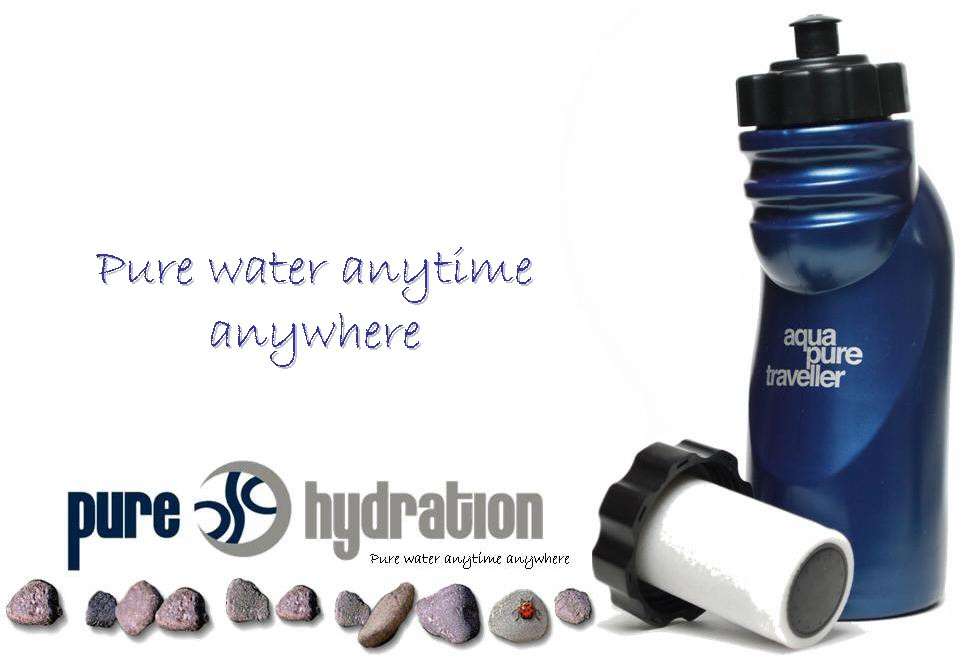Revealed: the massive scale of UK's water consumption
Each Briton uses 4,645 litres a day when hidden factors are included
Weir Wood reservoir in East Sussex. Each Briton uses 4,645 litres of water a day when hidden factors are included
The scale of British water consumption and its impact around the world is revealed in a new report today, which warns of the hidden levels needed to produce food and clothing.
The UK has become the sixth largest net importer of water in the world, the environment group WWF will tell a meeting of international experts in Stockholm, with every consumer indirectly responsible for the use of thousands of litres a day. Only 38% of the UK's total water use comes from its own resources; the rest depends on the water systems of other countries, some of which are already facing serious shortages.
The study makes the first attempt to measure the UK's total "water footprint" and highlights the extent to which our imports come from countries which are running out of fresh water. It calculates that:
• Average household water use for washing and drinking in the UK is about 150 litres a person daily, but we consume about 30 times as much in "virtual water", used in the production of imported food and textiles;
• Taking virtual water into account, each of us soaks up 4,645 litres a day;
• Only Brazil, Mexico, Japan, China and Italy come higher in the league of net importers of virtual agricultural water. People in poorer countries typically subsist on 1,000 litres of virtual water a day;
• Different diets have different water footprints. A meat and dairy-based diet consumes about 5,000 litres of virtual water a day while a vegetarian diet uses about 2,000 litres.
"What's particularly worrying is that huge amounts of the food and cotton we consume are grown in drier areas of the world where water resources are either already stressed or very likely to become so in the near future," said Stuart Orr, WWF's water footprint expert.
Listen to Stuart Orr of WWF explain the report Link to this audio
With modern patterns of consumption, businesses and consumers are inadvertently contributing to the slow death of some of the world's most important rivers, the charity warns, and we may not be able to depend on the same supplies in the near future.
Experts at this week's World Water Week forum in the Swedish capital are increasingly talking of fresh water as "the new oil", a finite resource that is running out in some areas and will become more and more expensive with a knock-on impact on consumer prices.
British retailers are already examining how much of their food comes from areas where water reserves are depleted and whether they will need to relocate some of their production as water runs out.
Marks & Spencer is working with WWF to calculate the water footprint of its entire food and clothing ranges. M&S's technical director, David Gregory, said the availability of water over the next decade was already a key part of the company's strategic decisions about where to source food for its stores.
"We are already in discussion with WWF about our decisions about where to grow crops in the future," he said.
The retailer is auditing the water footprint of five key crops - strawberries, tomatoes, lettuce, potatoes and roses - to establish where and how they should be grown in the next few years to make best use of water resources. The WWF report identifies Spain, northern African countries including Egypt and Morocco, South Africa, Israel, Pakistan and Uzbekistan as countries which face acute water stress and yet supply the UK with substantial exports of their water.
Sainsbury's agronomist, Debbie Winstanley, confirmed that water would be "on every agenda in sourcing food".
"From our point of view we've got to look at where our growers are going to get their water from," she said. Most British supermarkets currently depend on southern Spain for salad crops, such as lettuce, cucumbers, tomatoes and peppers, as well as broccoli out of season through the winter months.
But over-extraction of water for horticulture and the tourist industry have led to a crisis there. Aquifers have become severely depleted and the water table has been infiltrated by the sea. "There are massive challenges with water in places like Murcia [southern Spain]. We have to look at least 10 years ahead in terms of security of supply. Murcia will have to look very different in five years' time.
"We'll have to look at new desalination technologies, and we may have to look at crops that can cope with more saline conditions, such as broccoli. We take tomatoes out of Morocco in winter, and we've looked very hard at Moroccan water, but it's complex; if you use more greenhouse production here it uses more energy. Peas and beans are a steady all-year market. We've got to think about how we get them here in a responsible manner," she said.

No comments:
Post a Comment